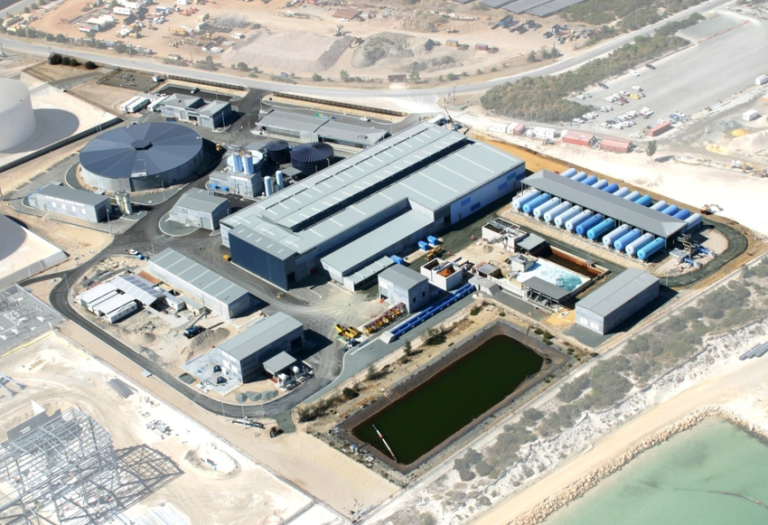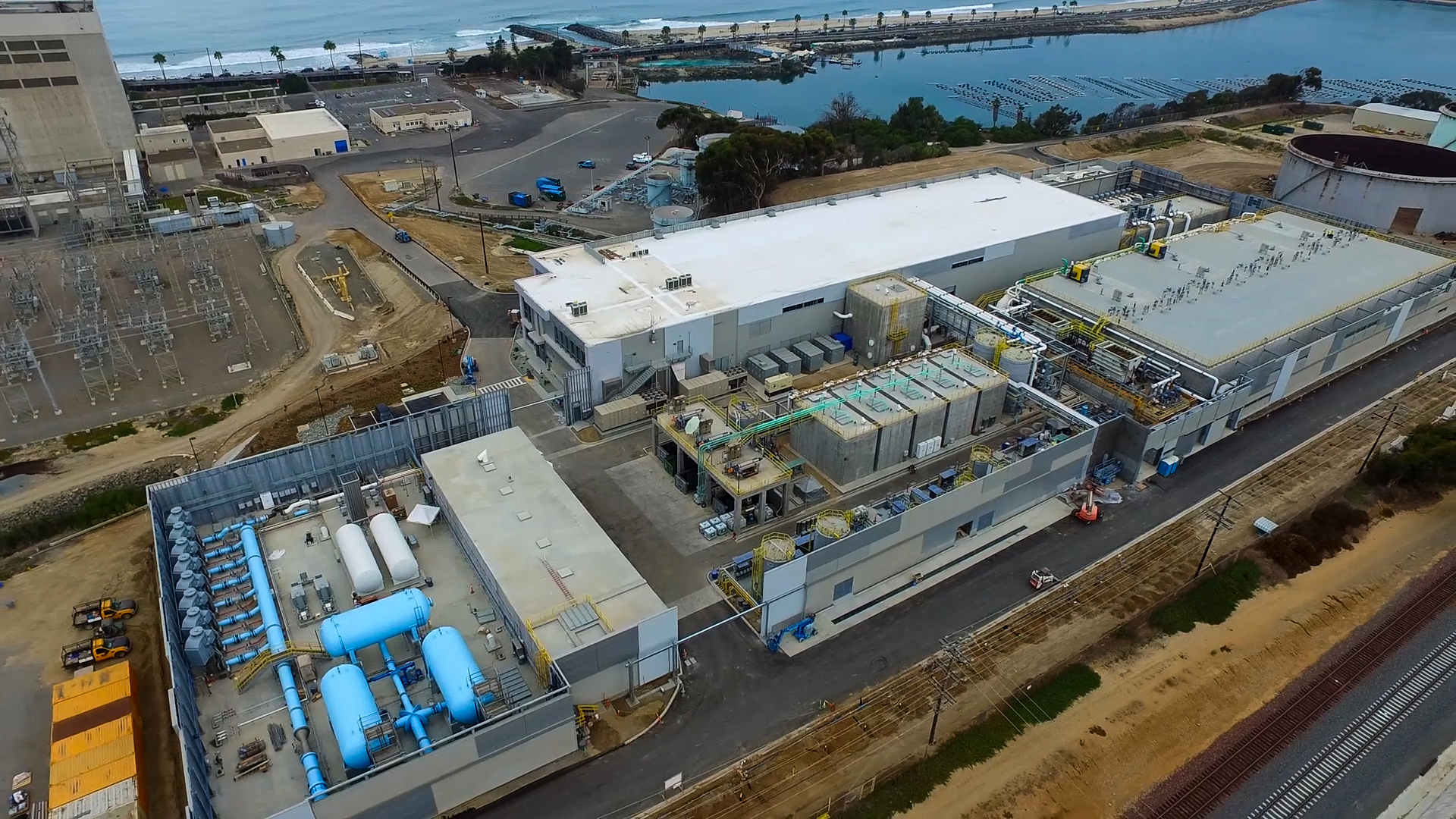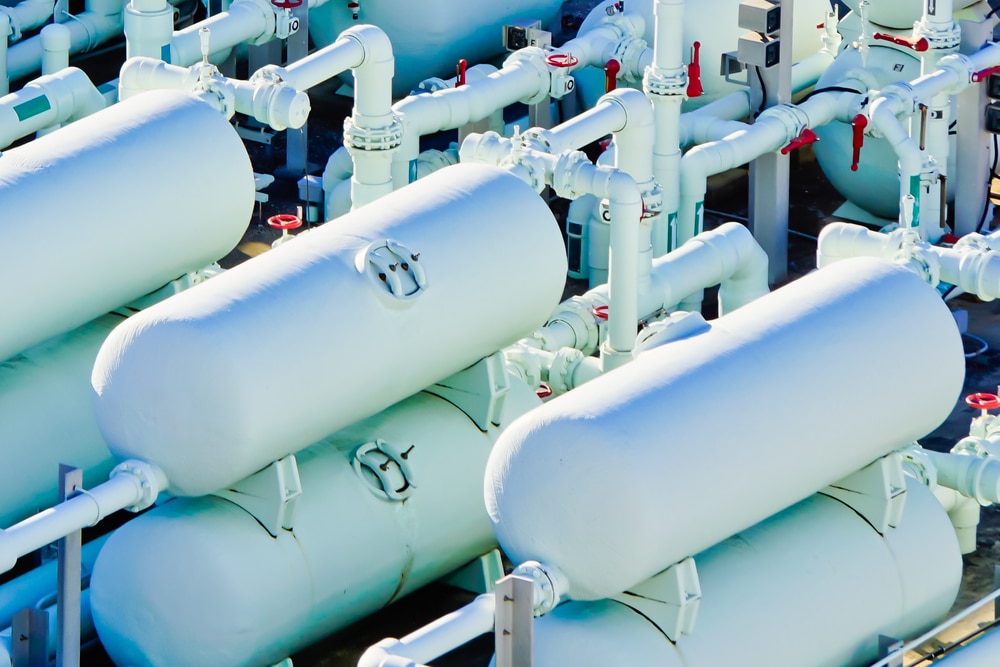How much does seawater desalination cost?
Seawater desalination has always been an effective way to solve the problem of freshwater resource shortages, but its cost has always been a concern. When discussing the cost of seawater desalination, the first thing to consider is the cost of building and operating a seawater desalination plant. Seawater desalination plants usually use reverse osmosis technology, which is a highly advanced technology, but also brings correspondingly higher costs.
Seawater desalination plant construction cost
The construction cost of a seawater desalination plant includes equipment procurement, land lease or purchase, construction engineering, etc. Among them, the most important cost is the purchase cost of reverse osmosis equipment and membranes. The price of reverse osmosis equipment depends on its scale and technical level. Generally speaking, the larger the scale and the more technologically advanced the equipment, the higher the cost.
In addition, the sea water desalination plant also needs to build supporting facilities, such as sewage treatment facilities, power generation equipment, etc., to ensure the smooth progress of the sea water desalination process. All these costs add up to the total cost of seawater desalination plant construction.
Sea water desalination plant operating costs
In addition to construction costs, sea water desalination plants also need to consider operating costs. This includes labor costs, energy consumption, chemical usage charges, etc. Sea water desalination plants require regular maintenance and cleaning of reverse osmosis equipment to ensure normal operation, which will also increase operating costs.
In large municipal seawater desalination plants, the cost of desalinating one cubic meter of water is typically around $0.50 - $1.00. The cost per liter of water is approximately US$0.0005 - US$0.001. This cost is relatively low, but is still a number that cannot be ignored in mass production.

What factors affect the cost of seawater desalination?
The cost of seawater desalination is affected by many factors. First of all, geographical environment is one of the key factors affecting the cost of sea water desalination. The location of a seawater desalination plant will affect construction and operating costs, such as geological conditions, climate characteristics, etc. Secondly, energy cost is one of the main costs of sea water desalination. Fluctuations in energy prices will directly affect the economics of seawater desalination. In addition, technical level and equipment performance are also important factors affecting costs. Advanced technology and equipment can reduce the energy consumption and maintenance costs of seawater desalination, thereby reducing the overall cost.
How to reduce the cost of seawater desalination?
Reducing seawater desalination costs is one of the challenges faced by many countries and regions. In order to improve the economic viability of seawater desalination, a series of measures need to be taken to reduce costs. First of all, technological innovation is the key. The development and application of new seawater desalination technology can reduce energy consumption and equipment costs, improve desalination efficiency, and thereby reduce desalination costs.
Secondly, large-scale production can also reduce the cost of seawater desalination. As the size of the project increases, the cost per unit of water production will gradually decrease because the fixed costs can be spread over more output. In addition, improving energy efficiency is also an effective way to reduce the cost of seawater desalination. Adopting energy-saving equipment, optimizing operating methods, developing renewable energy and other measures can reduce energy consumption and thereby reduce costs.

What are the economic benefits of seawater desalination?
Although the cost of seawater desalination is higher, the economic benefits it brings cannot be ignored. First, seawater desalination technology can provide reliable freshwater resources, especially in areas where freshwater resources are scarce. This will help ensure people's domestic water needs and promote stable social and economic development. In addition, seawater desalination technology can also reduce the pressure on existing freshwater resources and provide sustainable water solutions for the development of urban and industrial areas. Finally, the continuous innovation and cost reduction of seawater desalination technology also bring broader space for its future development.
What are the future cost trends for sea water desalination?
Continuous technological innovation reduces costs:
With the continuous advancement of science and technology and the continuous innovation of seawater desalination technology, the cost of sea water desalination is expected to be further reduced in the future. The application of new materials, new processes and new equipment will improve desalination efficiency, reduce energy consumption, and thereby reduce desalination costs. At the same time, the intelligent and automated operation control system will also improve the operation efficiency of sea water desalination and reduce operation and maintenance costs.
Sustainability drives cost reduction:
In the future, the cost reduction of seawater desalination will also be closely related to sustainable development goals. The promotion of sustainable development concepts such as energy conservation, emission reduction, and resource recycling will promote the continuous improvement of seawater desalination technology and cost reduction. Through the application of green energy and the reuse of waste water resources, the cost of seawater desalination will be more environmentally friendly and economical.
Increased demand drives cost reduction:
Finally, as the global shortage of freshwater resources becomes increasingly serious, the demand for sea water desalination technology will continue to grow. The increase in market demand will promote the continuous innovation of seawater desalination technology and the continuous reduction of costs, providing more choices and possibilities for solving the problem of freshwater resource shortage.

The cost of sea water desalination technology and its influencing factors are one of the hot issues of current social concern. Through the analysis of this article, we understand that the cost of sea water desalination is mainly affected by factors such as geographical environment, energy prices, and technical level. Although the cost of sea water desalination is relatively high, the economic and social benefits it brings will make important contributions to the development of human society.






